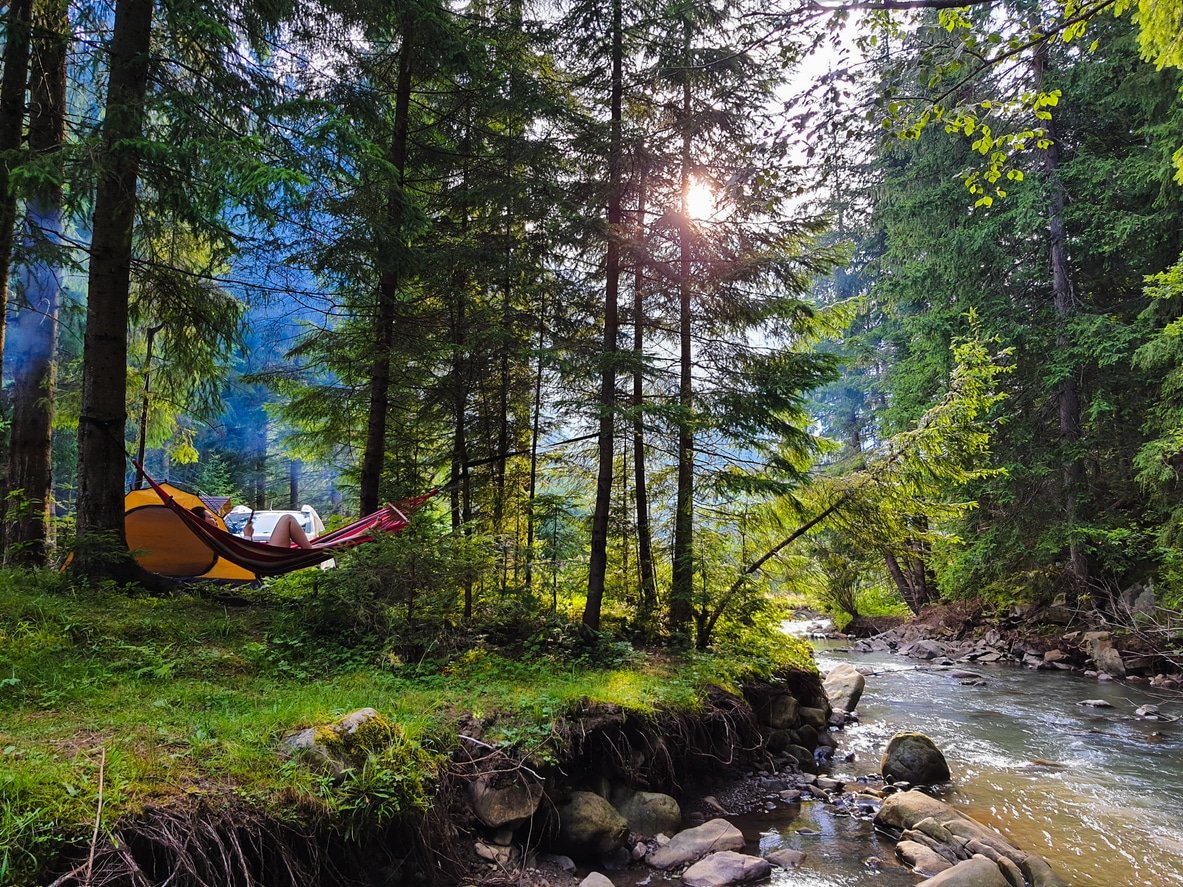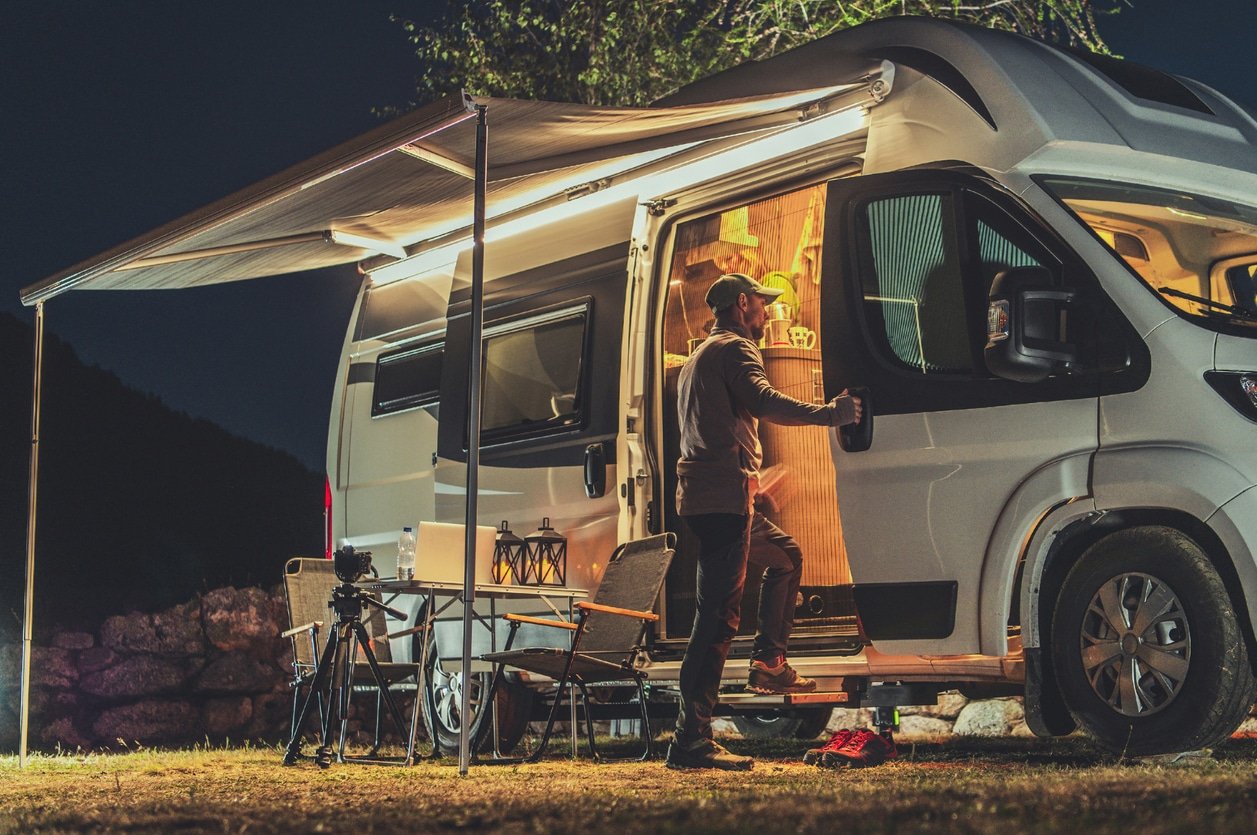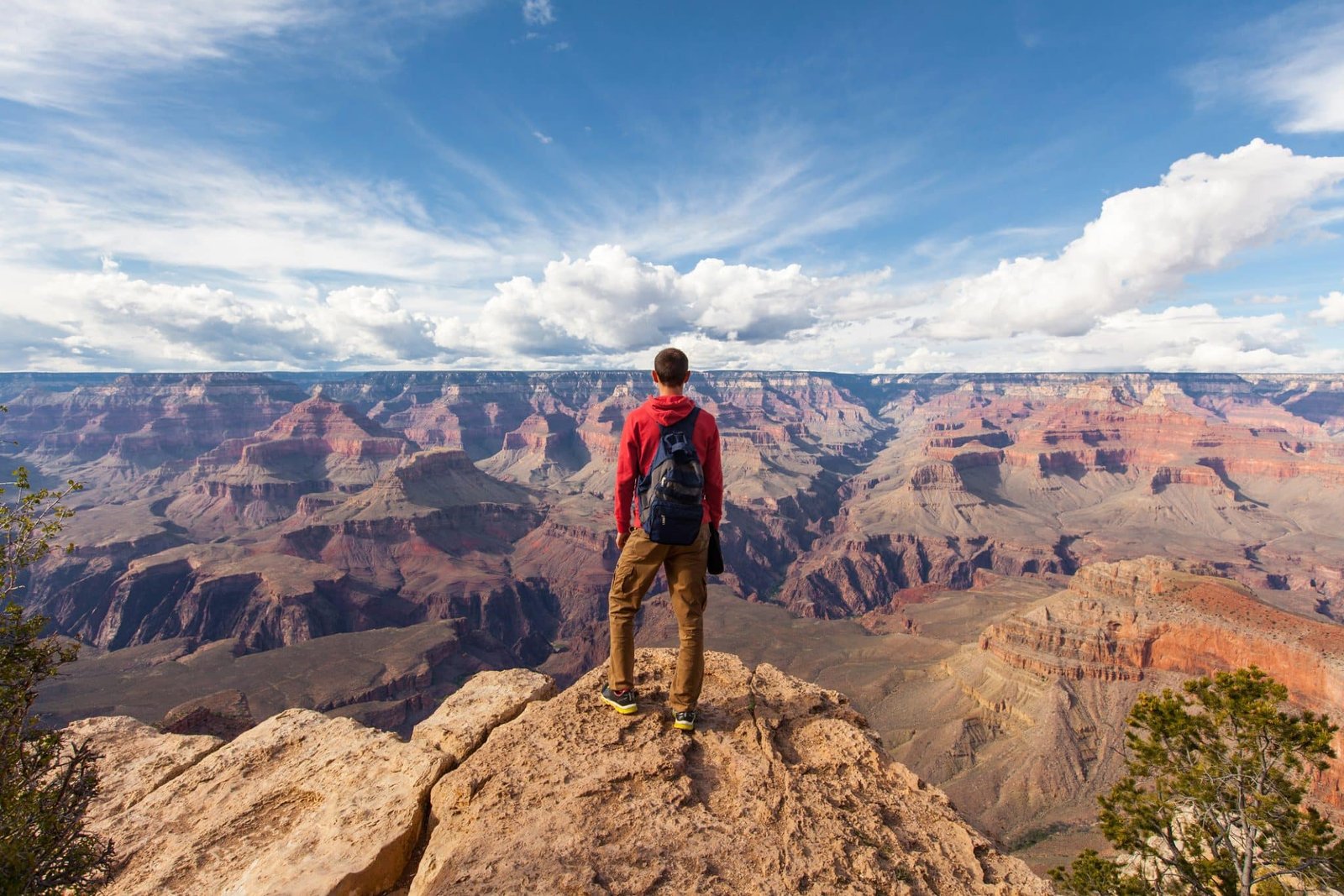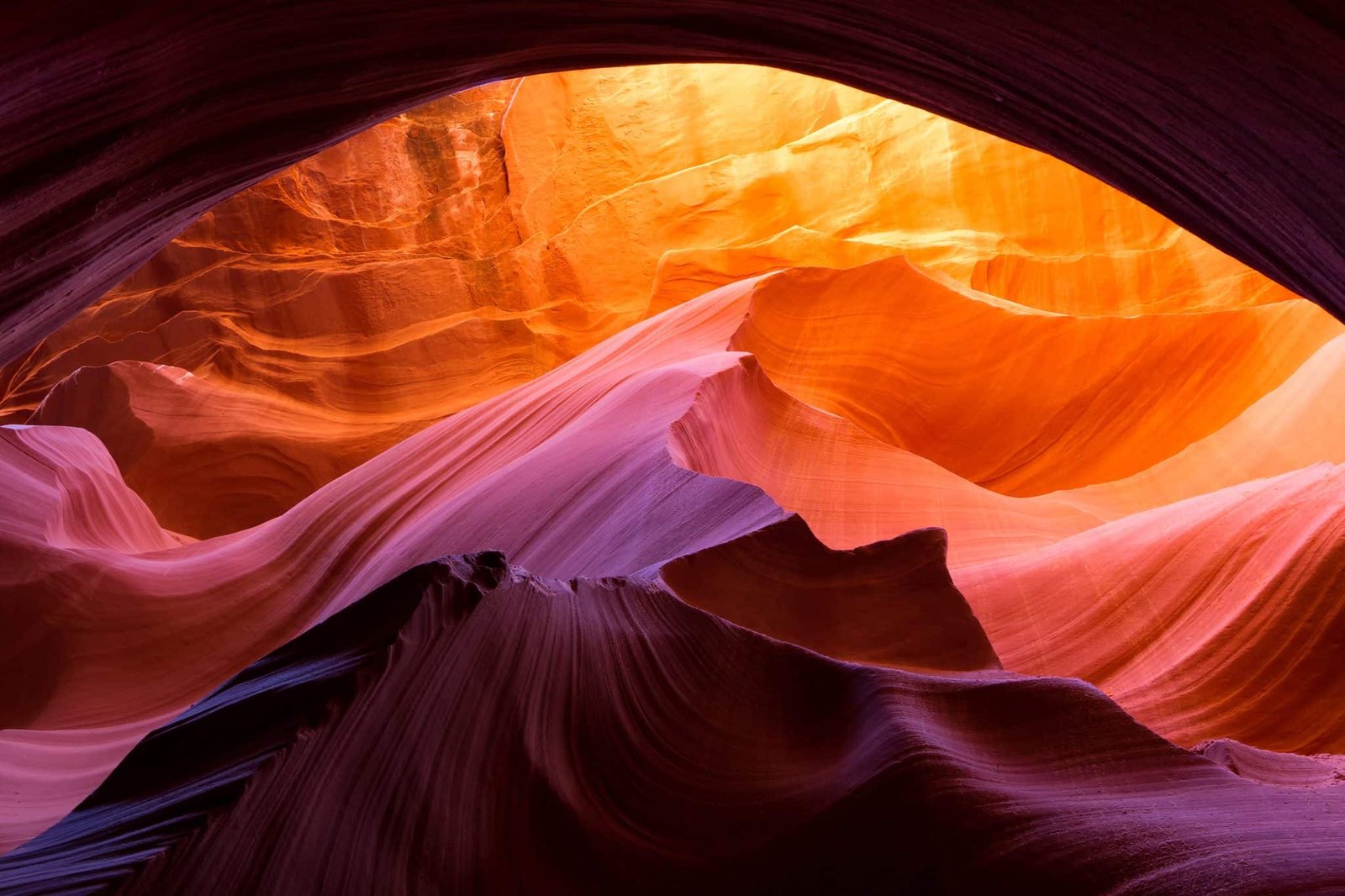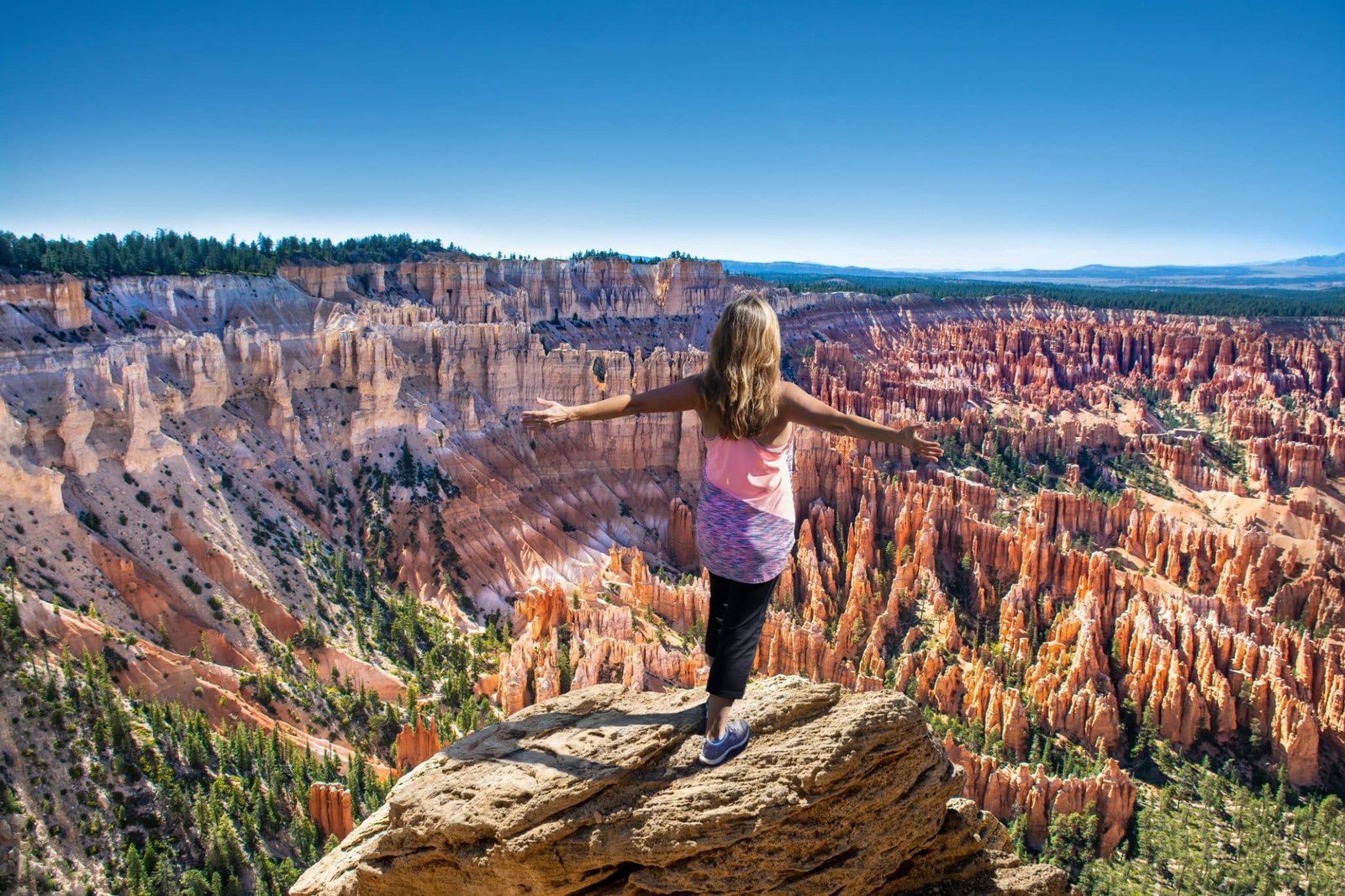Dispersed Camping In Utah: The Rules, Tips, Campfires & Best Spots
With over 220 days of sunshine a year, spectacular mountains, red-rock canyons, and raging rivers, Utah is full of natural sights ready to be discovered. And we believe dispersed camping in Utah is one of the best ways to experience and enjoy them!
Thankfully, dispersed camping in Utah is legal and free on publicly owned land, such as areas under Bureau of Land Management control. Which makes camping a fantastic free way to explore the ‘Beehive State’.
We explain the rules for dispersed camping in Utah in this article, along with the rules around campfires. Finally we share some of our favorite places for dispersed camping in Utah. So read on and let your adventure begin!

Dispersed Camping In Utah: The Rules And Where You Can And Cannot Camp
DISCLAIMER: Below we give general advice, but we always recommend staying in an official campsite. If you choose to go dispersed camping, then make sure you do so with someone who already knows the area where you’re planning on camping for your own safety.
In our opinion, there’s nothing better than camping. It’s a chance to get back to basics, enjoy nature, and separate yourself from the hustle and bustle of 21st century life. It also allows you to experience some of nature’s best views for free.
The fantastic thing about Utah is that dispersed (primitive) camping is allowed and legal, as long as you are camping on state ground and adhere to a few simple guidelines. We outline those further down.
Land looked after by the Bureau of Land Management, National Park Service, U.S. Forest Service, and other state institutions will be publicly owned. Typically any areas that are green on Google Maps are also publicly owned. A great state map, such as this one, could help in finding camping spots too. This free interactive map by the Bureau of Land Management may also be useful.

Just be aware that there are a few public areas where dispersed camping in Utah is forbidden:
- Red Cliffs National Conservation Area
- Smithsonian Butte Back County Byway – you are not allowed to camp within half a mile either side of this road
- Baker Dam Recreation Area
- Red Cliffs Recreation Area
- Santa Clara River Reserve
- Water source areas (springs, water catchments etc) – you are not allowed to camp within a quarter of a mile of big game water sources from October 15-Nov 1.
- Riparian Areas
- You’re not allowed to camp within 20 miles of Moab
- Keep an eye out for signs that clearly state no camping in smaller areas too. Many exist (too many to mention!) in order to protect local flora, fauna, and fragile ecosystems.
Furthermore, you are not allowed to camp near campsites (you must be at least one mile away), trailheads, and must not be situated within 200 feet of a water source.
While you can camp almost everywhere else, the Bureau of Land Management also has certain areas it has designated as dispersed camping areas. These exist in the hope of encouraging free campers to camp in the same place, and therefore reduce the impact on the environment. If you’re interested in camping within one of these, it’s best to contact the regional office of the area you are visiting to ask for locations.

So For How Long Are You Allowed To Camp In State Areas?
Legally in Bureau of Land Management Areas you can camp for two weeks at a time within a 30 mile radius in a 28-day period. What that means, is that you may camp within a 30 mile radius for two weeks, either all in one block, or spread out across a 28 day period. Essentially this is perfect for hikers who will move camp a few miles at a time.
The regulations are slightly different in state forests. In these areas you may camp for 16 days at a time in the same spot, but then you must move at least five miles to a new camp site. You can only stay 16 days at the same dispersed camp site within a period of 30 days.
Furthermore, if you are a group of 75 or more people you must gain a permit to camp in a US state forest – you can get that by contacting the local district office. There will be no fee.
Being A Responsible Camper
Once you’ve found your camping spot, make sure you leave your pitch the way you found it, and minimize waste. When going to the toilet you should do it at least 100m from a water source (such as a river or lake), and use a trowel (like this folding one) to bury human waste at least six inches underground. Take any tissue paper back home with you – use a ziplock bag to keep it sealed.
There are many different water sources in Utah, but remember to always have plenty of water on you when camping and walking. A space-saving collapsible water bottle would be a good purchase. But do ensure that water from any undeveloped source is safe by treating it. That means heating it until it comes to a boil, or using water purification tablets/filter.
Campers are asked to abide by the seven principles of leave no trace – they can be seen here.
With bears roaming some of Utah’s public land, you must take steps to avoid attracting them to your campsite. We advise:
- If you have a vehicle nearby, store food there rather than in a tent.
- Use a bear box or bear canister to store food, rubbish, and anything with a scent.
- Don’t pitch your tent near where food is being stored.
- Never approach any bear, regardless of its size
- Don’t spray anything with a scent
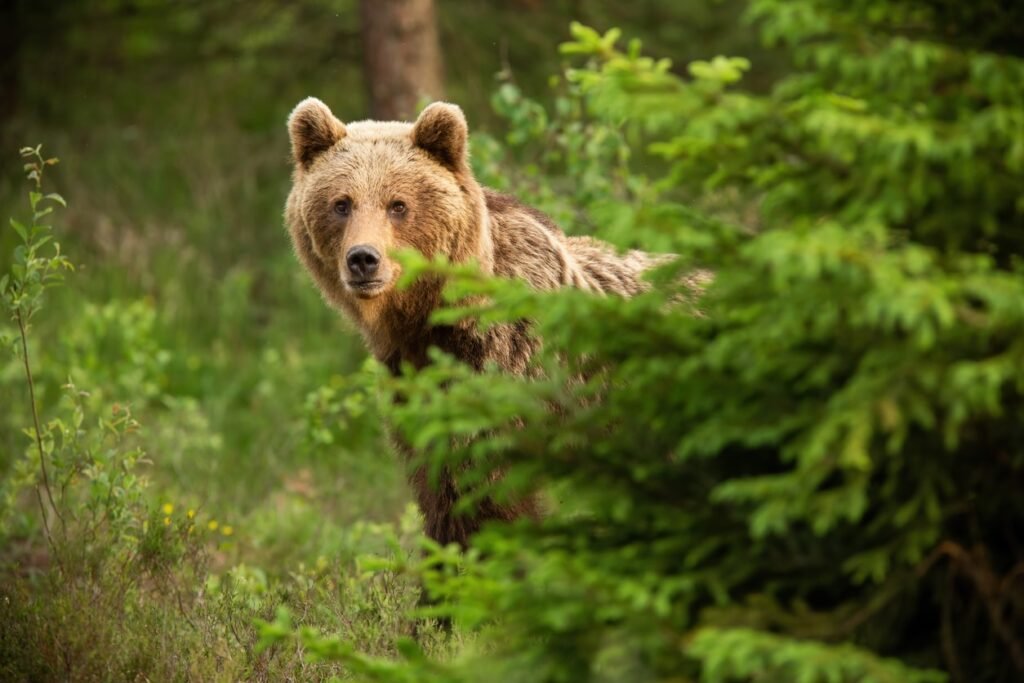
Dispersed Camping In Utah: The Rules Around Campfires
Wildfires are a huge problem in Utah, which is the third driest state in the USA with an average of just 13.6 inches of rainfall a year!
As such, state authorities ask dispersed campers to only build fires in a grill, fireplace, or a campfire ring in a campground. Specifically they discourage building a new fire ring when primitive camping due to the risk of wildfires. Also you must never use alive wood to fuel a fire, but rather use wood that is on the ground or dead.
Instead of building campfires, state authorities prefer campers to use stoves as they greatly reduce the risk of wildfires. You might want to think about bringing a storm cooker with you for cooking. They tend to be safe, and are often fine to use – but you should check local laws first. We believe the best ones on the market are Trangia storm cookers.
If you are having a campfire in an are where it is allowed, then do everything you can to minimize wildfire risk:
- Clean an area and make a ring of rocks around 2/3 feet around it
- Make sure your fire ring is not below any overhanging branches
- Avoid dry meadows and clearings where grass could easily catch on fire
- Avoid making a fire on days where wind could blow ashes out of the fire ring
- Check the weather reports and avoid a campfire completely on very dry days
- Have a sufficient supply of water close by in order to put out a fire
- When leaving a campfire ensure it is completely out. You will know when it’s out if you can put your hand firmly into the ashes and there is no warmth.
Below we share some ideas for dispersed camping spots in Utah!
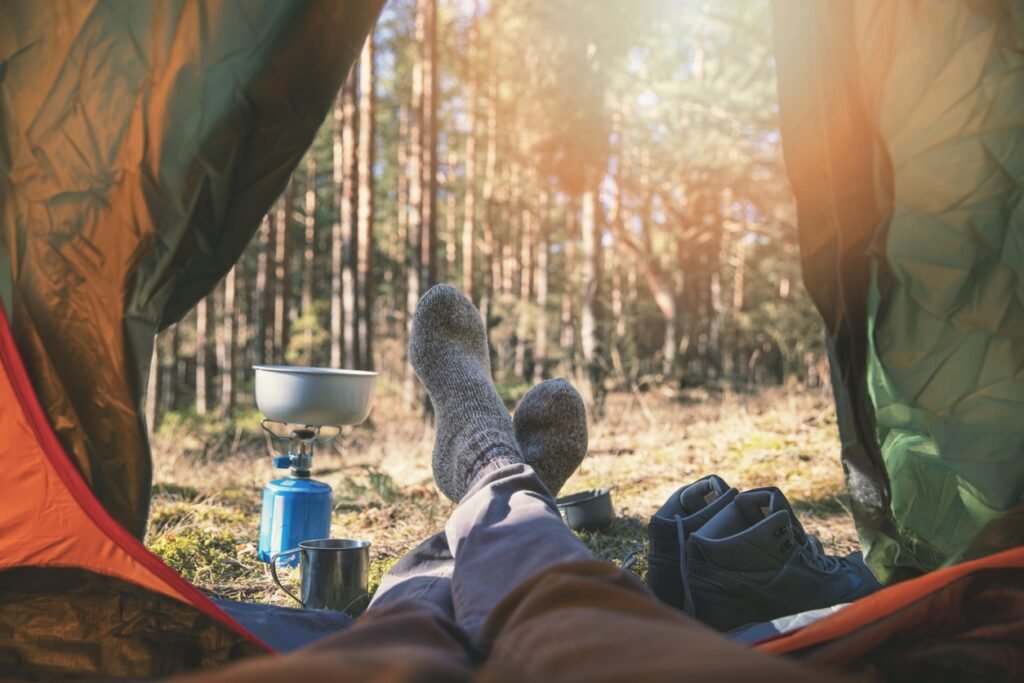
Some Ideas For Dispersed Camping Spots In Utah
One of the most rewarding aspects of dispersed camping is discovering your own perfect spots. Places hidden in nature where you can be fully immersed in Utah’s spectacular landscape.
However if you don’t know the region you are camping in, it’s good to know a few of the best places. Below are some of our favorite camping spots in Utah:
- Zion National Park: This stunning nature reserve is dominated by 2000ft tall red sandstone cliffs. An exceptional place for hiking and enjoying starry nights.
- Ashley National Forest: This forest combines raging rivers with vast areas of forest and many spectacular – and hidden – lakes. It’s an outdoor lover’s paradise.
- Dixie National Forest: The red sandstone formations here are breathtaking, but this area is lesser known than the more famous Utah parks and forests. From the top of Powell Point it is possible to see three different states at the same time!
- Valley of the Gods: Situated within the iconic Monument Valley, there is a dispersed camping area situated here amongst the gorgeous rock formations.
Recommended for your dispersed camping in Utah adventure
*This article may contain affiliate links which allows Wandering our World to make a small commission on any sales made – and keep the coffee flowing! It involves no extra cost to yourself. As an Amazon Associate we earn from qualifying purchases, but only recommend products we believe in.


